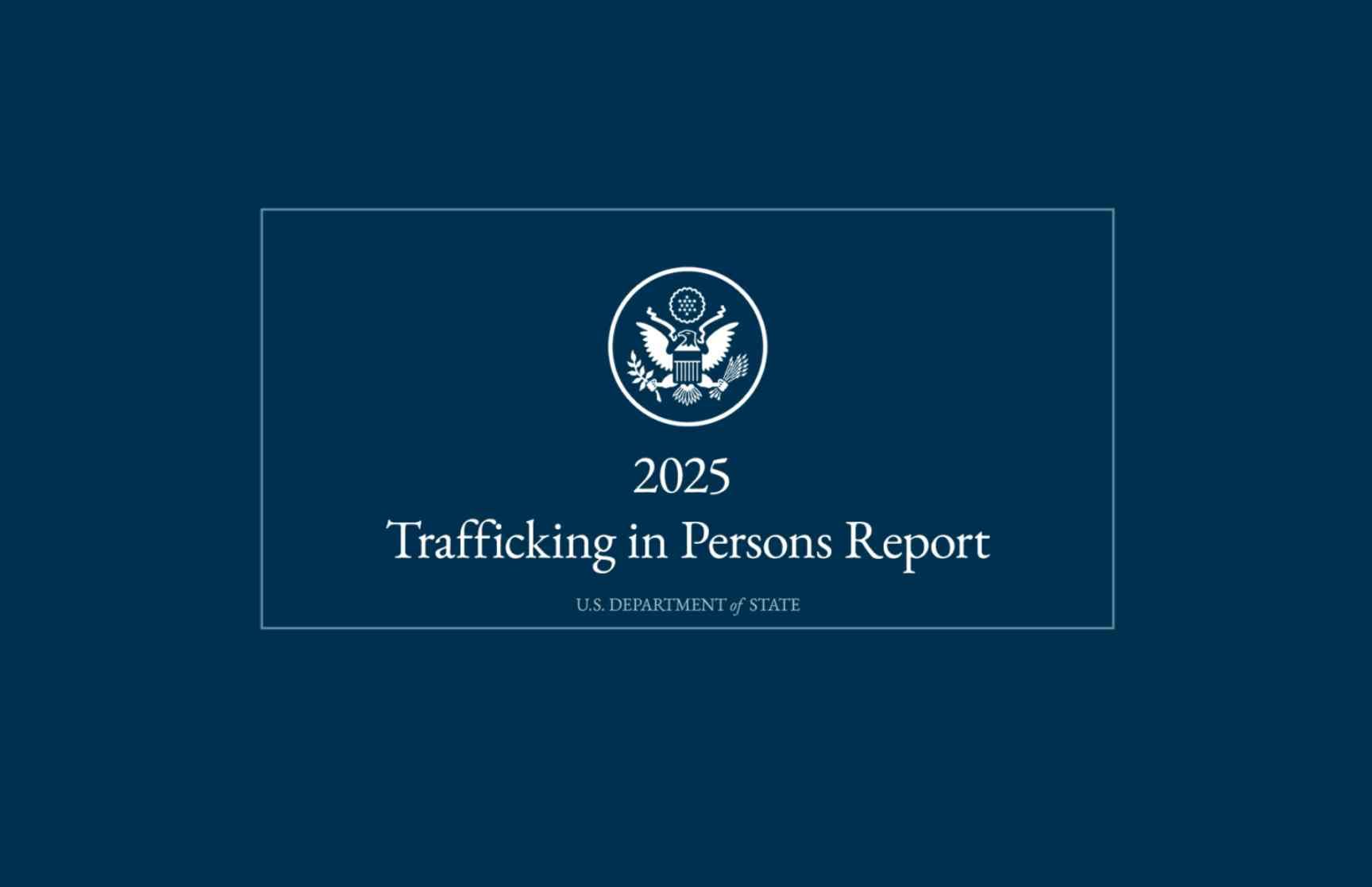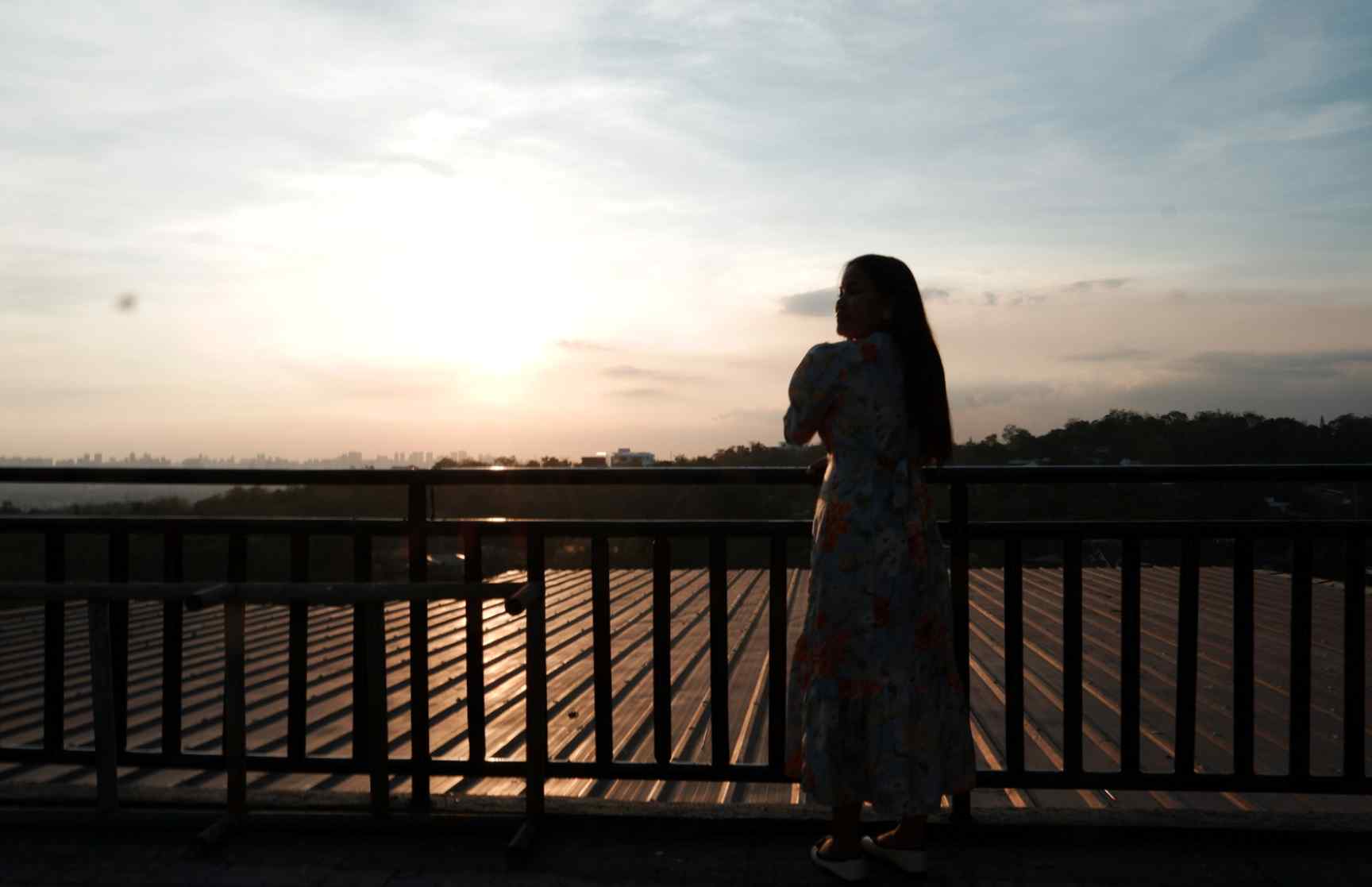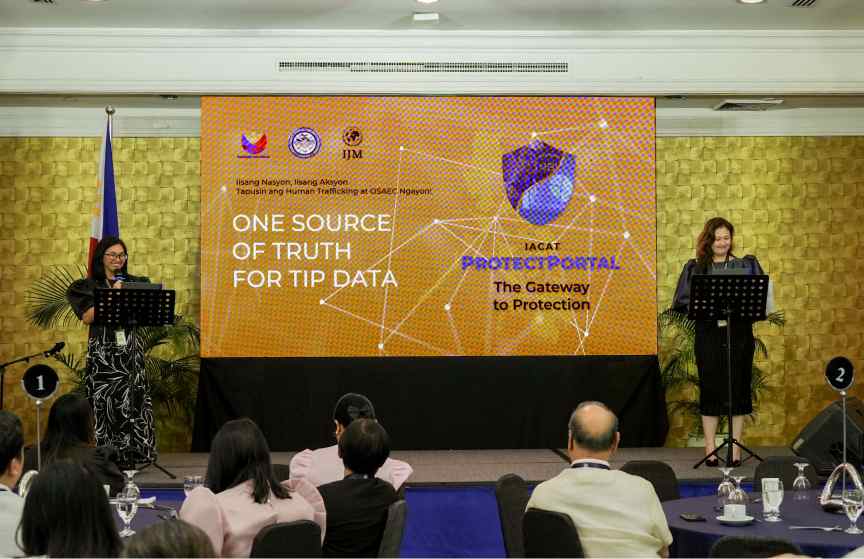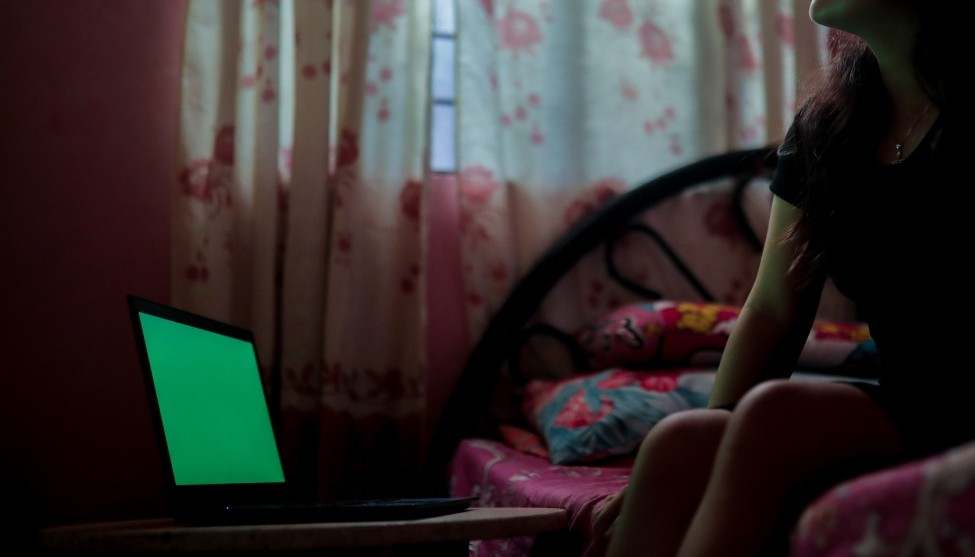
A landmark ruling on July 12, 2024 convicted a perpetrator following a 5-year trial that took place without the child victim having to appear in court. This case marks a victory in the fight against online sexual exploitation of children, and in the way in which the victory was achieved—through child-protective prosecution.
Child-protective prosecution strategies prioritize the well-being and safety of the survivors while securing justice. Child-protective prosecution believes that how the victory is gained—with children being protected from re-traumatization—is just as important as the victory itself.
How the victory is won—with children being protected from re-traumatization—is just as important as the victory itself.
Following the trial that began in 2019, the accused was found guilty of multiple crimes involving a minor and was sentenced to:
- Child Pornography (R.A. 9775): Reclusion perpetua, with a fine of one million pesos.
- Trafficking in Persons (R.A. 9208/R.A. 10364/R.A. 10175): Life imprisonment with a fine of two million pesos, without eligibility for parole.
- Child Abuse (R.A. 7610): Six to eight years of imprisonment.
These sentences reflect the gravity of the offenses and underscore the commitment of the Philippine criminal justice system to hold perpetrators accountable.
This case has also demonstrated that it is not necessary for a child to testify in court, for justice to be achieved. Child survivors can and must be shielded from further psychological and emotional harm during the period in which the trial is ongoing.
Judge Mylene I. Amerol-Macumbal presided. This case was prosecuted by Prosecutor Jasmin G. Diaz, who is an alumna of IJM’s Prosecuting Online Sexual Exploitation of Children training.
Protecting the Child Victim: Innovative Strategies in Prosecution
Philippine law gives the accused the right to confront his or her accusers. When the victim appears personally in court, this could lead to a secondary victimization that can exacerbate psychological harm. In this case, these approaches were employed to prevent such outcomes:
-
Use of Digital and Financial Evidence: The prosecution built its case largely on digital evidence and financial records. This not only provided concrete proof of the accused’s crimes but also lessened the reliance on a testimony from the child, which can be vulnerable to stress.
-
Testimony via VIDI (Video In-depth Disclosure Interview): In this particular case, one of the rescued children who was interviewed was three years old. The VIDI format allowed the child to speak in a safe, controlled environment, free from the intimidating atmosphere of a courtroom. This approach ensures that the child's voice is heard without the psychological burden of facing the accused.
-
Court Appearance by Child Interviewer: Instead of the child appearing in court, a trained child interviewer presented the recorded testimony and provided context. This strategy prevents the risk of cross-examination techniques that might retraumatize or distress the child, thereby safeguarding their mental health while maintaining the integrity of the evidence presented.
Child-protective prosecution often demands that prosecutors go above and beyond. They face numerous challenges in their efforts to safeguard the child throughout the trial. One general hurdle is that not all prosecutors handling these cases have received training in child-protective strategies.
Many times, the case itself prevents the practice of child-protective strategies. Atty. Liza Tan, Head of Prosecution Development at IJM Cebu, says that when there is a “lack of victim testimony-independent evidence to establish the guilt of the accused beyond reasonable doubt which can be traced back from case build-up of the law enforcement,” this is when the prosecutor is left with “no option but to put the children on the stand and have them testify and go through the rigors of trial.”
Restoring Faith in the Criminal Justice System
Cases like this challenge the notion that the victim testifying real-time in the courtroom is necessary for securing convictions. By achieving justice without subjecting the child to a potentially damaging court appearance, the system demonstrates a commitment to both accountability and compassion.
These child-protective prosecution strategies not only bolster the integrity of the judicial process but also restore faith among the public in the criminal justice system. They send a clear message: it is possible to hold perpetrators accountable while prioritizing the safety, dignity, and well-being of child victims.
Celebrating the Role of Government Prosecutors
Government prosecutors deserve recognition for their dedication in navigating the complexities of this case. They have shown that child-protective prosecution is not just about securing convictions; it is also about ensuring that justice does not come at the expense of a child’s mental and emotional health.
Their success highlights the importance of inter-agency cooperation, specialized training, and the use of modern technology to adapt the justice process to the needs of vulnerable victims. By prioritizing a trauma-informed approach, they set a precedent for future cases and offer a blueprint for how justice can be served without causing further harm.
“Every prosecutor is uniquely positioned to protect the child victims in the cases that they handle,” Atty. Liza says. “We are encouraged to see a number of prosecutors who have taken on a child-protective mindset. Please know that you are making a big difference not only in the lives of the children in your cases but also in those whose lives will not be abused because you did your part in preventing more abuse from happening by holding the perpetrators accountable.”
Every prosecutor is uniquely positioned to protect the child victims in the cases that they handle…know that you are making a big difference not only in the lives of the children in your cases but also in those whose lives will not be abused because you did your part in preventing more abuse from happening by holding the perpetrators accountable.
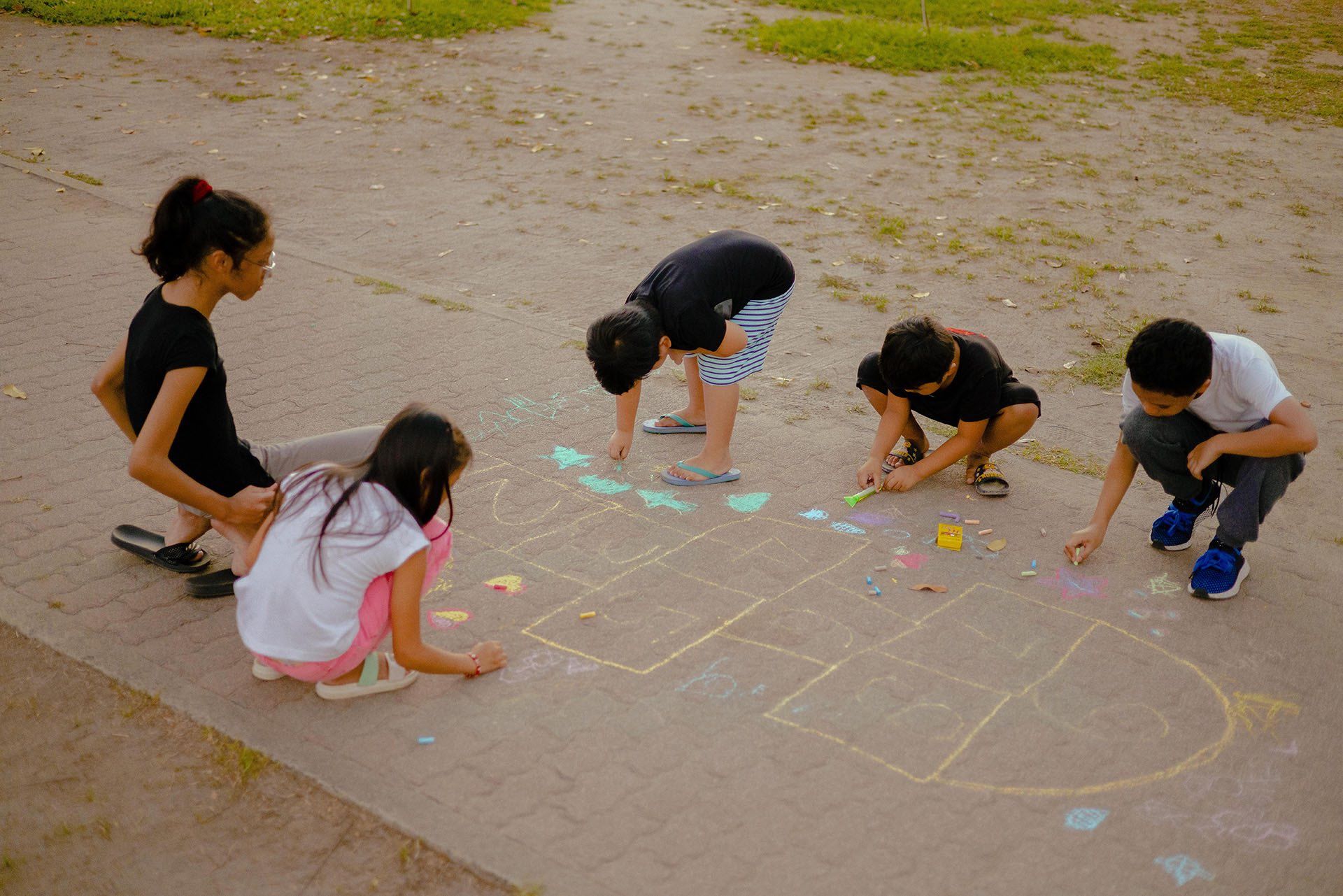
Raising Awareness and Moving Forward
The importance of child-protective prosecution strategies cannot be overstated. They are essential in cases involving vulnerable victims who may not have the capacity or stability to endure the pressures of a traditional trial. Digital evidence, recorded testimonies, and the use of intermediaries like child interviewers are not just legal tools—they are lifelines that protect victims from further trauma.
As society continues to evolve and develop a deeper understanding of trauma and victim rights, it is crucial that we continue to advocate for the widespread adoption of these strategies.
The protection of child victims should always be at the forefront of prosecutorial practices. This case is a powerful reminder that justice, compassion, and protection can coexist. Protecting the well-being of child victims is an important part of pursuing justice. Let us continue to spread awareness of child-protective prosecution so that every child survivor is treated with the dignity and care he or she deserves, while holding perpetrators fully accountable for their crimes.





